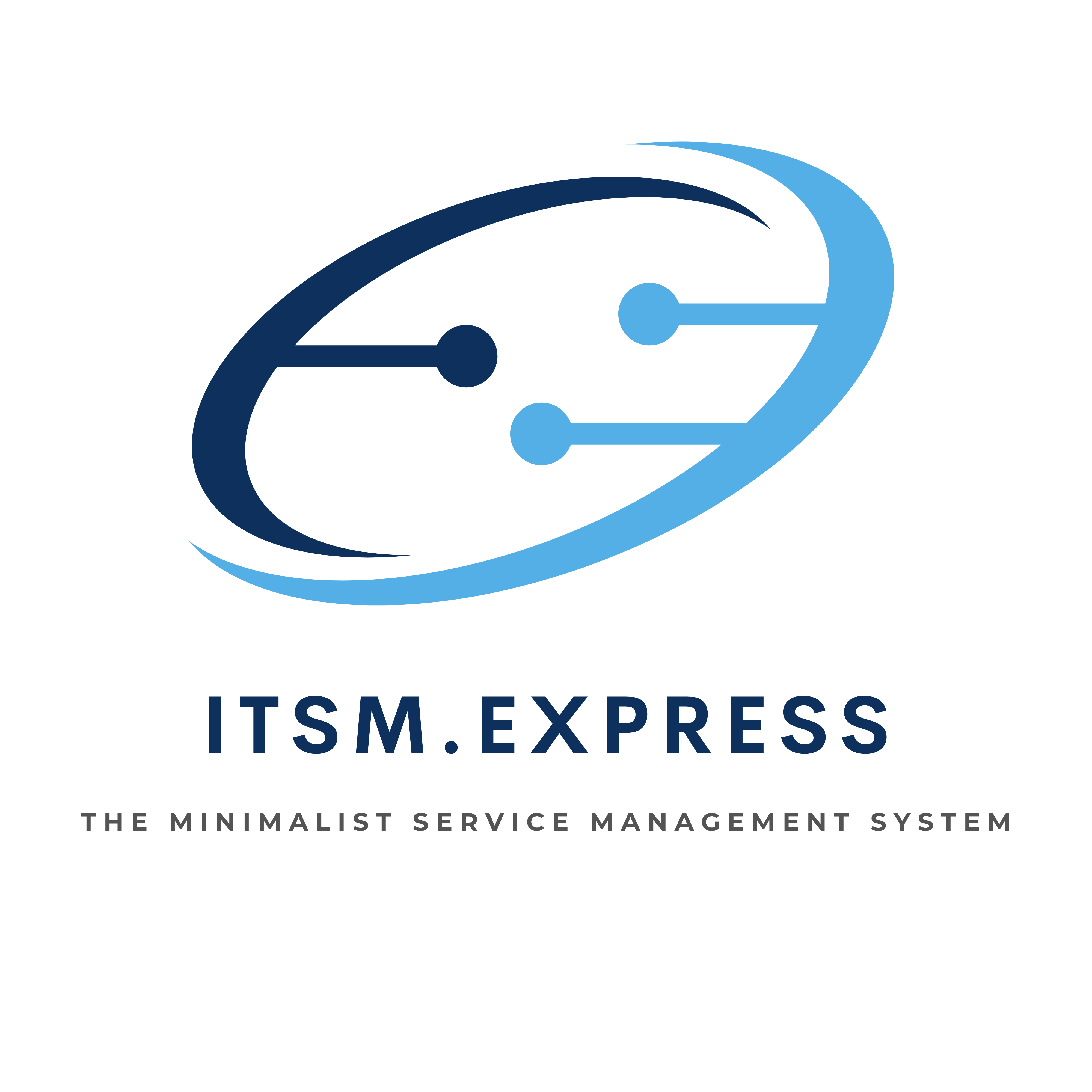Input to governance
A governance function is dependent on feedback from the organization to know what guidance it is to provide. This feed comes in the following forms:
- Performance information as provided by management. This are the KPIs, KRIs and other metrics that are relevant at the level of governance that is addressed.
- Feedback from stakeholders, such as consumers, government agencies, employees or other stakeholders that have been identified as interested parties in the organization. The feedback of these stakeholders needs to be taken seriously in order to know if the organization is meeting its goals.
- Financial reporting, to be able to assess the financial viability of the organization in terms of costs and expense. Note that this is important both for for-profit and for non-profit organizations.
Governance deliverables
To provide guidance to the organization, a governing body should produce policies that everyone in the organization is expected to comply to. Policies are guidelines written to keep the organization within certain boundaries that form a framework of acceptable operations and behaviour. Think of an information security policy that indicates what is expected from the organization to keep information secure. Or, at a more operational level, a change management policy indicating what change requests should be handled in what way (e.g. minor versus major changes, emergency changes). A sustainability policy may contain guidelines on what the organization wants to do to reduce its environmental impact, be carbon-neutral or help fighting climate change.
Other than policies, the governance function should document and communicate the guidance it provides to the (part of the) organization it is responsible for. In this way, all relevant employees are made aware of the general direction the governance function wants the organization to follow.
